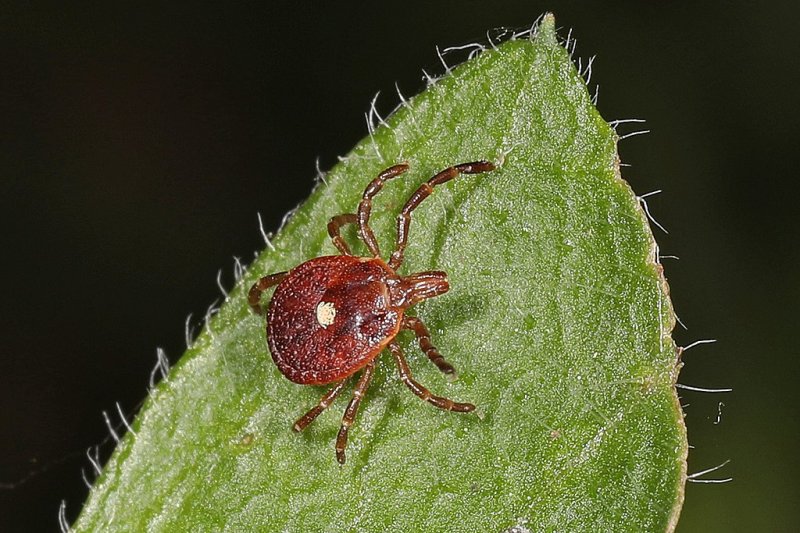ALL IN ONE DAY
One dead, others rescued after 3 separate incidents on California mountainincidents occurred amid poor climbing conditions on
Mt. Shasta's Avalanche Gulch

Four survivors were airlifted Monday to local hospitals after being rescued from Mt. Shasta. Photo courtesy Siskiyou County Sheriff's Office/Facebook
June 7 (UPI) -- One climber died and four others were rescued in separate incidents that occurred amid poor climbing conditions on Mt. Shasta's Avalanche Gulch in Northern California, authorities said.
The Siskiyou County Sheriff's Office said in a statement that the first incident was reported at 8:39 a.m. Monday, and responders were dispatched to locate three climbers.
One was found in serious condition, another had a broken ankle and a third was confirmed dead before rescue efforts could begin, authorities said.
Courtney Kreider, a spokesperson for the sheriff's office, told the Redding Record Searchlight that witnesses said at least one of the climbers had fallen about 1,000 feet.
The identities of the climbers were not released.
"We're still notifying families," Kreider said.
The sheriff's office said the second incident was reported at about 12:31 p.m. and involved one climber who was reported in critical condition. A third incident then occurred at about 4 p.m. and required a helicopter crew to locate a woman climber who was found Monday night.
All four survivors were airlifted off the mountain to local hospitals, authorities said.
Wallace Casper, a climber from Bozeman, Mt., said in a video posted to the sheriff's office Facebook page that conditions on the mountain were "really bad" as there was a layer of ice on top of the snowpack that made it nearly impossible for skiers and climbers to traverse.
"A lot of people had issues with falling and sliding," he said, adding that the conditions on the mountain made it "pretty much impossible to self arrest."
According to the Mt. Shasta Avalanche Center, Avalanche Gulch is a steep and rigorous climb that follows a 7,000 vertical foot ascent "that exposes the climber to steep snow and ice, rock fall and weather extremes."
"Don't consider this route as a cake walk," it said.

Four survivors were airlifted Monday to local hospitals after being rescued from Mt. Shasta. Photo courtesy Siskiyou County Sheriff's Office/Facebook
June 7 (UPI) -- One climber died and four others were rescued in separate incidents that occurred amid poor climbing conditions on Mt. Shasta's Avalanche Gulch in Northern California, authorities said.
The Siskiyou County Sheriff's Office said in a statement that the first incident was reported at 8:39 a.m. Monday, and responders were dispatched to locate three climbers.
One was found in serious condition, another had a broken ankle and a third was confirmed dead before rescue efforts could begin, authorities said.
Courtney Kreider, a spokesperson for the sheriff's office, told the Redding Record Searchlight that witnesses said at least one of the climbers had fallen about 1,000 feet.
The identities of the climbers were not released.
"We're still notifying families," Kreider said.
The sheriff's office said the second incident was reported at about 12:31 p.m. and involved one climber who was reported in critical condition. A third incident then occurred at about 4 p.m. and required a helicopter crew to locate a woman climber who was found Monday night.
All four survivors were airlifted off the mountain to local hospitals, authorities said.
Wallace Casper, a climber from Bozeman, Mt., said in a video posted to the sheriff's office Facebook page that conditions on the mountain were "really bad" as there was a layer of ice on top of the snowpack that made it nearly impossible for skiers and climbers to traverse.
"A lot of people had issues with falling and sliding," he said, adding that the conditions on the mountain made it "pretty much impossible to self arrest."
According to the Mt. Shasta Avalanche Center, Avalanche Gulch is a steep and rigorous climb that follows a 7,000 vertical foot ascent "that exposes the climber to steep snow and ice, rock fall and weather extremes."
"Don't consider this route as a cake walk," it said.














